
All Resources

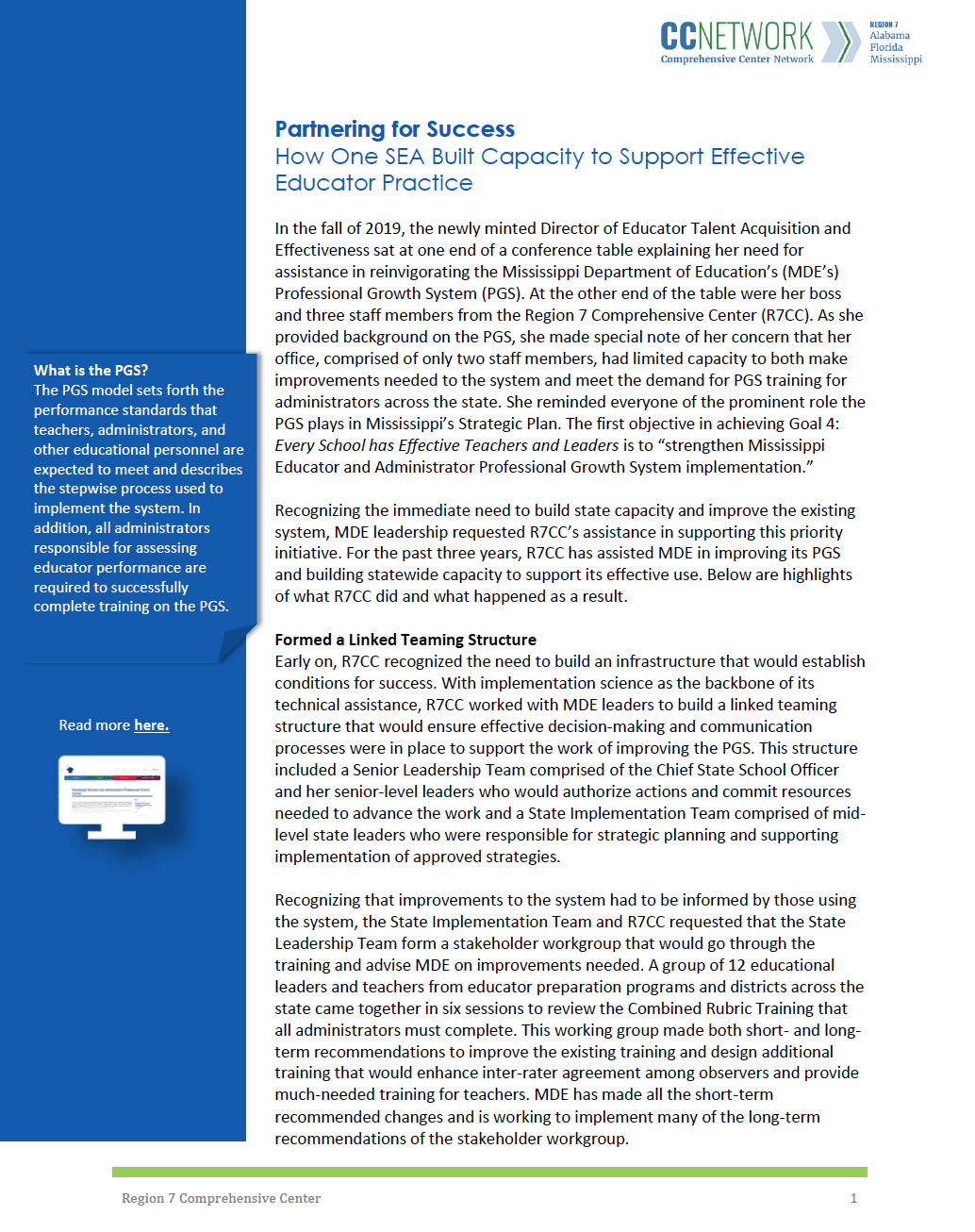
Partnering for Success: How One SEA Is Building Capacity to Support Effective Educator Practice
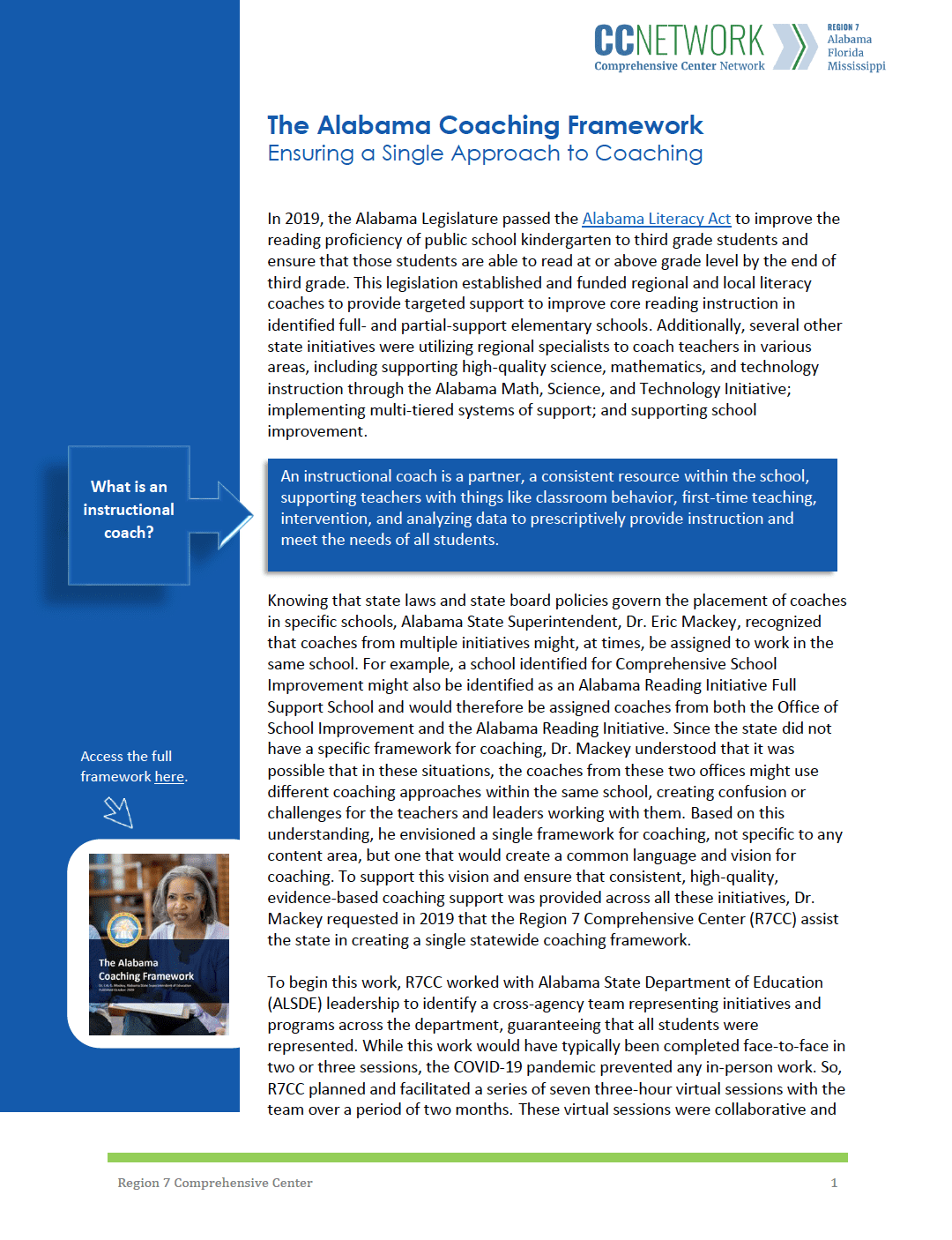
The Alabama Coaching Framework: Ensuring a Single Approach to Coaching
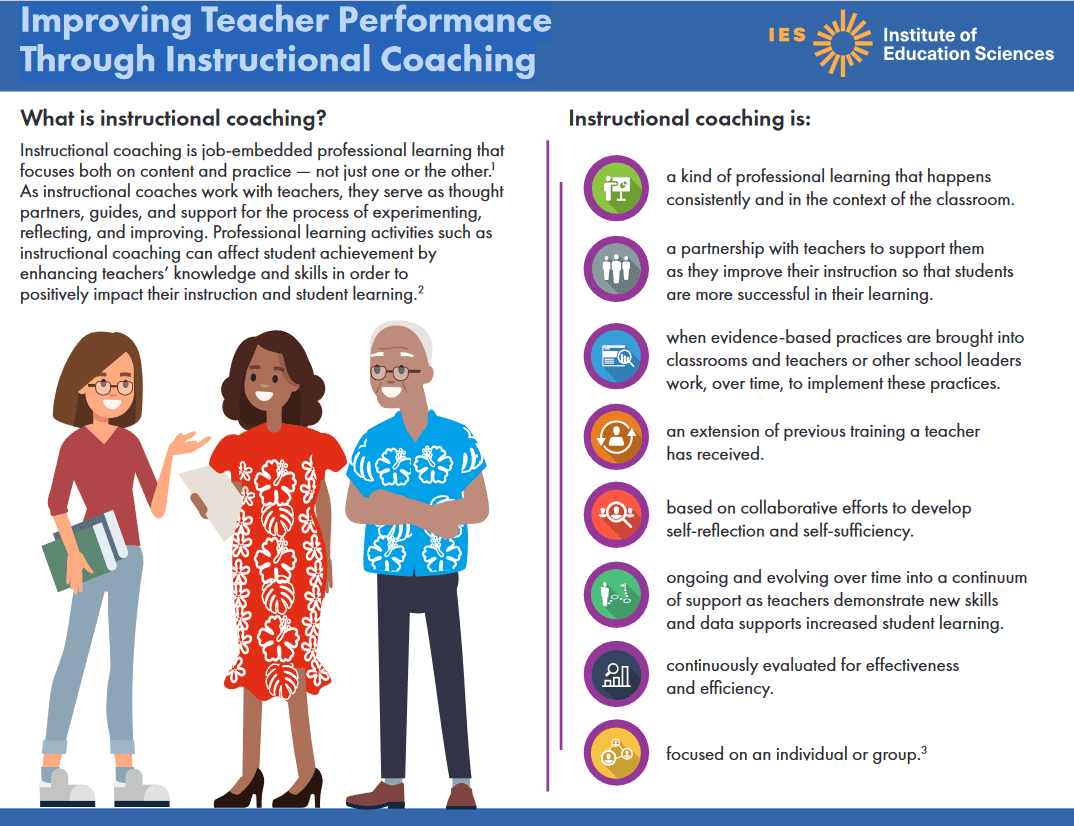
Improving Teacher Performance Through Instructional Coaching

Reading Rockets Summer Reading
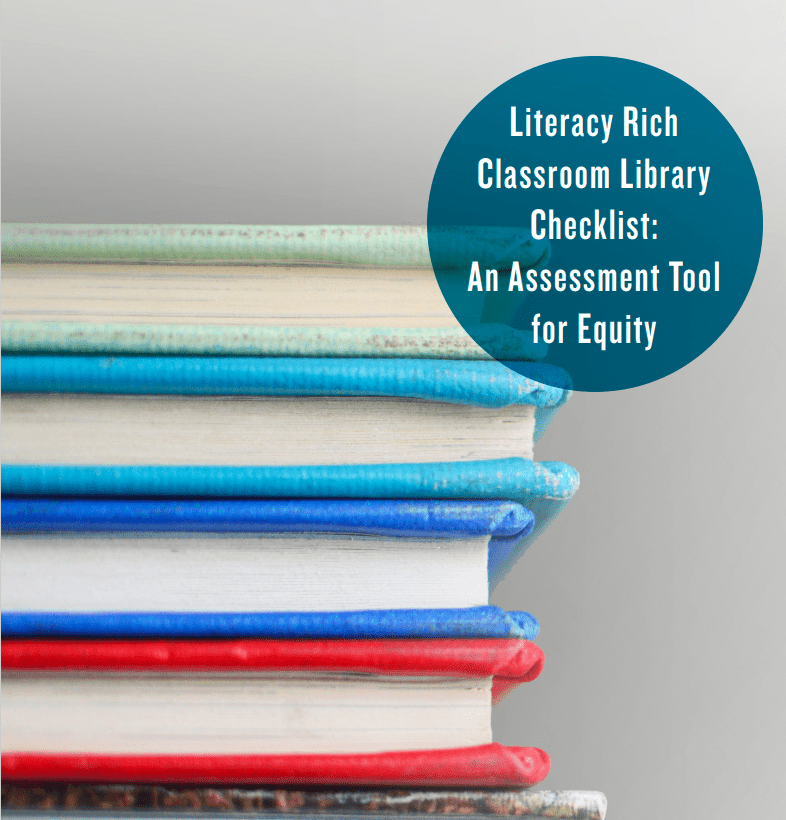
Literacy Rich Classroom Library Checklist: An Assessment Tool for Equity
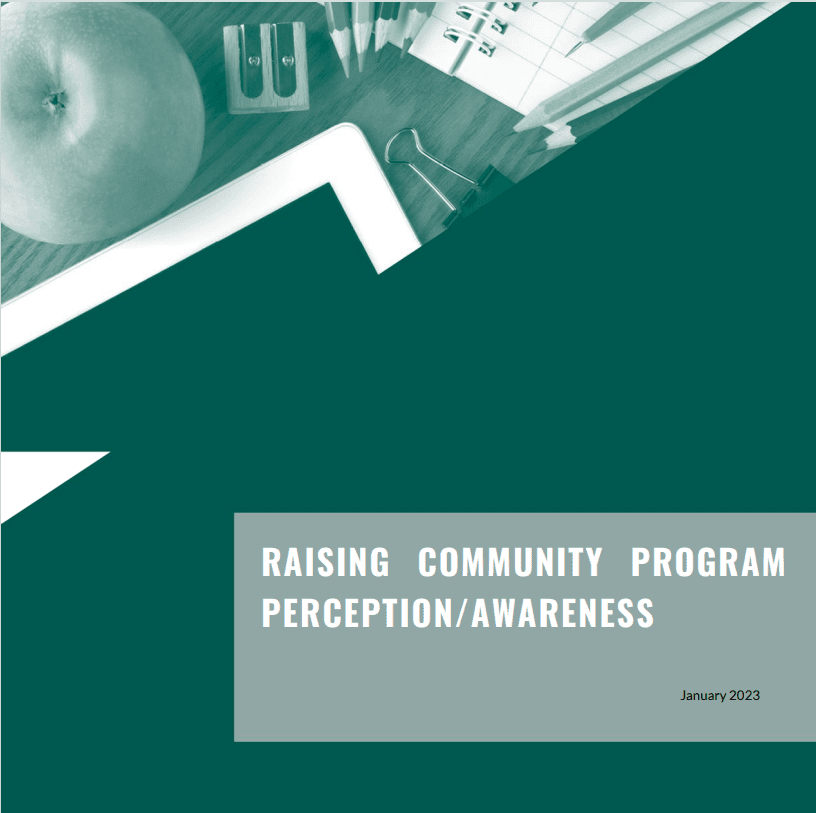
Raising Community Program Perception/Awareness

Webinar: Solving the Teacher Shortage Challenge
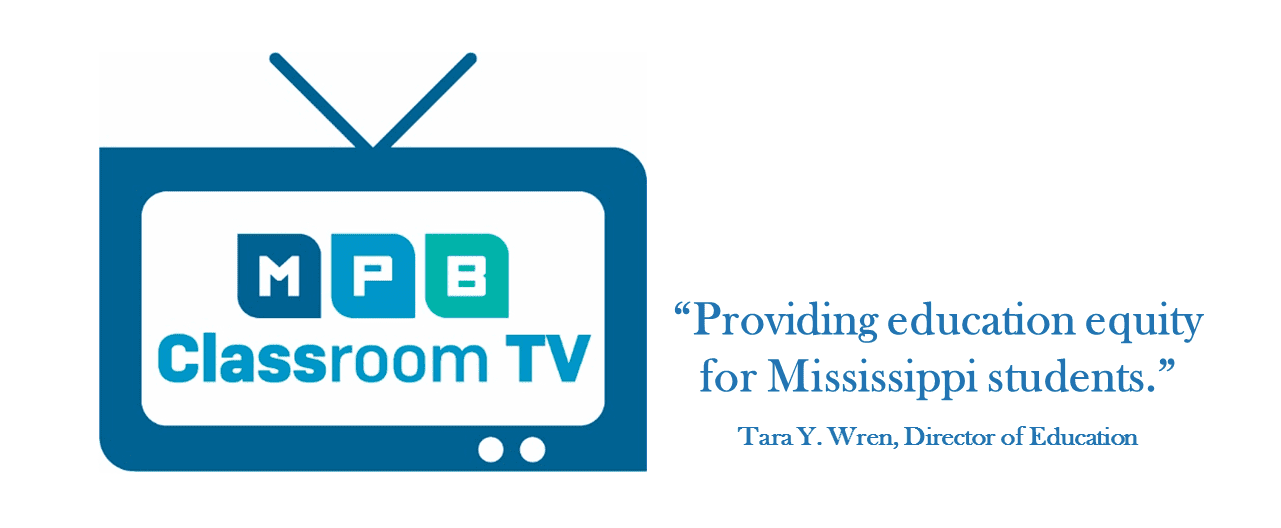
Mississippi Public Broadcasting Classroom TV
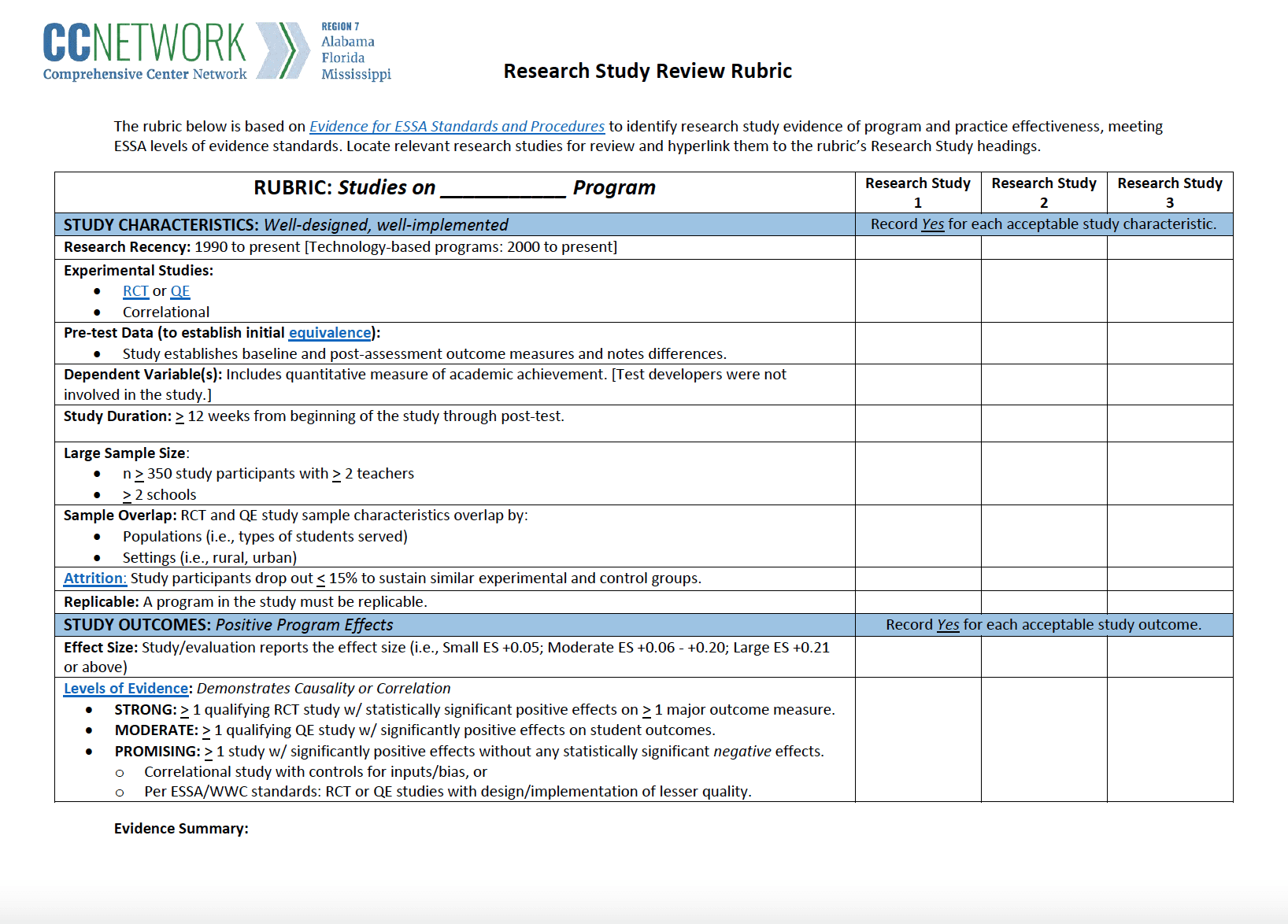
Research Study Review Rubric
Dual Language Education Programs: Current State Policies and Practices
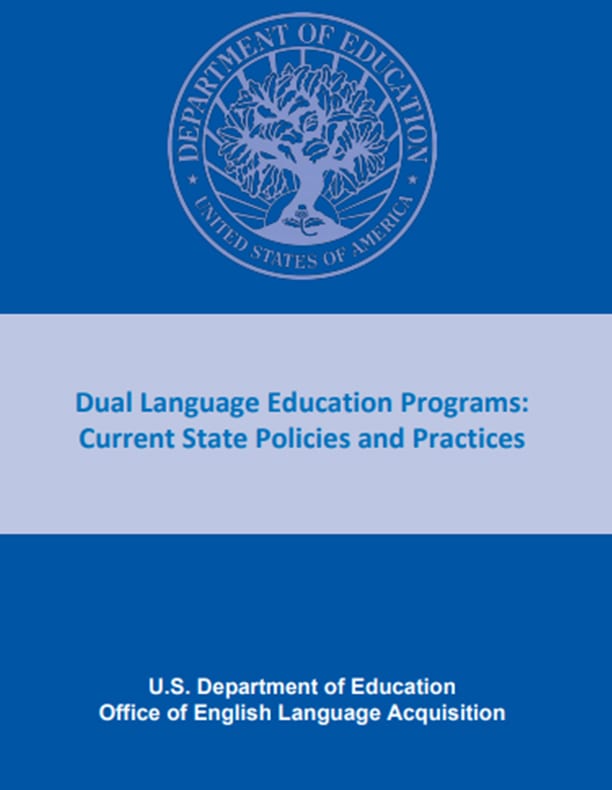
Content Start
Dual language (DL) education programs are designed to teach students literacy and academic content in English and a partner language. Research suggests that students who are enrolled in DL programs perform as well or outperform students in English-only language programs. In response to the growing evidence base, these DL programs are gaining traction across states and districts in the United States, from North Carolina to Utah to Georgia. The report Dual Language Education Programs: Current State Policies and Practices outlines historical and federal policy and current research. It also describes six case study states’ experiences with implementation of DL programs. The report’s guiding questions center on the following four focus areas:
- State Policies on Dual Language Education Programs
- State- and District-Level Eligibility and Exit Criteria in Dual Language Programs
- Assessment and Accountability for States and Districts Related to Dual Language Programming
- Teachers and Professional Development Specific to Dual Language Programming
Source
U.S. Department of Education


 This material is in the public domain. While permission to reprint is not necessary, publication should be cited. This website was funded through the Office of Elementary and Secondary Education (OESE) and developed by the Region 7 Comprehensive Center at RMC Research Corporation. (Award # S283B190023). This website contains resources that are provided for the reader's convenience. These materials may contain the views and recommendations of various subject matter experts as well as hypertext links, contact addresses, and websites to information created and maintained by other public and private organizations. The U.S. Department of Education does not control or guarantee the accuracy, relevance, timeliness, or completeness of any outside information included in these materials. The views expressed herein do not necessarily represent the positions or policies of the U.S. Department of Education. No official endorsement by the U.S. Department of Education of any product, commodity, service, enterprise, curriculum, or program of instruction mentioned in this document is intended or should be inferred.
This material is in the public domain. While permission to reprint is not necessary, publication should be cited. This website was funded through the Office of Elementary and Secondary Education (OESE) and developed by the Region 7 Comprehensive Center at RMC Research Corporation. (Award # S283B190023). This website contains resources that are provided for the reader's convenience. These materials may contain the views and recommendations of various subject matter experts as well as hypertext links, contact addresses, and websites to information created and maintained by other public and private organizations. The U.S. Department of Education does not control or guarantee the accuracy, relevance, timeliness, or completeness of any outside information included in these materials. The views expressed herein do not necessarily represent the positions or policies of the U.S. Department of Education. No official endorsement by the U.S. Department of Education of any product, commodity, service, enterprise, curriculum, or program of instruction mentioned in this document is intended or should be inferred.